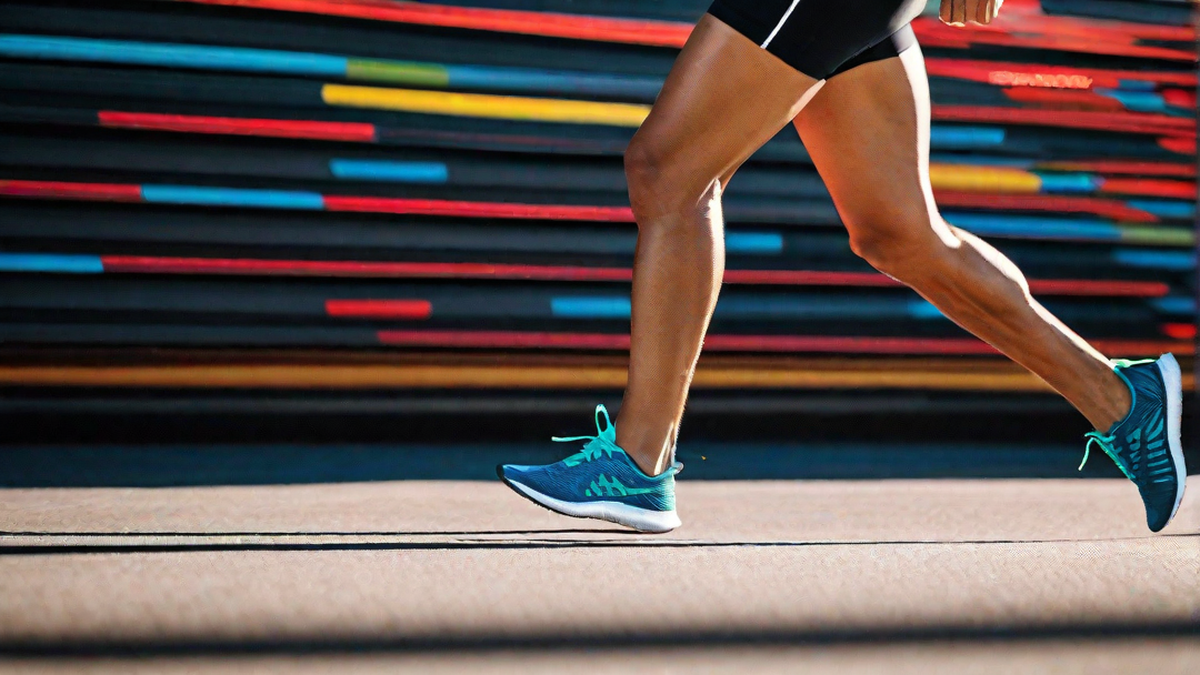When it comes to running, finding the right pair of shoes is crucial for both comfort and performance. As a dedicated runner myself, I understand the importance of choosing the right type of running shoes that suit your specific needs. With a wide variety of options available on the market, it can be overwhelming to determine what type of running shoes are best for you. In this article, I will provide an in-depth guide to help you navigate through the world of running shoes and find the perfect pair that will support you on your running journey.
Considering Your Foot Type
Before diving into the different types of running shoes, it’s essential to understand your foot type. There are three main categories: neutral, pronated, and supinated.
If you have a neutral foot type, which means your foot maintains a natural arch, you’re in luck! You have the most flexibility when it comes to choosing running shoes since your feet have a balanced motion.
On the other hand, if you have pronated or supinated feet, you may require specific features in your running shoes to provide the necessary support and stability.
If you have pronated feet, your foot tends to roll inward excessively while running. Look for shoes that offer good arch support and a firm midsole to help control the inward motion and promote a more neutral stride.
For those with supinated feet, your foot tends to roll outward while running. Look for running shoes with extra cushioning to absorb the impact and provide stability to prevent any potential injuries.
The Anatomy of Running Shoes
To understand what type of running shoes would be best for you, it’s important to familiarize yourself with the different components of a running shoe:
- Upper: The upper part of the shoe is responsible for providing a secure fit and breathability.
- Midsole: The midsole offers cushioning and shock absorption.
- Outsole: The outsole is the bottom part of the shoe that provides traction and durability.
- Heel counter: The heel counter is a firm structure at the back of the shoe that helps with stability and prevents excessive movement.
- Toe box: The toe box refers to the front part of the shoe, which should provide ample space for your toes to move comfortably.
Types of Running Shoes
Now that you have a basic understanding of your foot type and the components of a running shoe, let’s explore the different types of running shoes available:
1. Road Running Shoes
Road running shoes are designed for running on pavement or other hard surfaces. They typically have a lightweight construction and provide cushioning to absorb impact. These shoes are suitable for most runners, especially those who primarily run on roads or sidewalks.
2. Trail Running Shoes
Trail running shoes are specifically designed for off-road running on uneven terrain. They have a more aggressive tread pattern to provide better traction and stability on trails. These shoes often have additional features like rock plates to protect your feet from sharp objects.
3. Minimalist/Barefoot Shoes
Minimalist or barefoot shoes aim to mimic running barefoot while still providing some protection and support. They typically have a low-drop, thin sole, and minimal cushioning. These shoes are best suited for experienced runners with strong foot and leg muscles.
4. Stability Shoes
Stability shoes are designed to provide additional support and control for runners with pronation issues. They often feature a denser material on the inner side of the midsole to reduce excessive inward rolling of the foot. If you have pronated feet, stability shoes can help correct your stride and prevent potential injuries.
5. Neutral Cushioned Shoes
Neutral cushioned shoes are suitable for runners with a neutral foot type. They provide a good balance of cushioning and flexibility without overcorrecting any natural foot motion. These shoes offer a comfortable ride for most runners.
Conclusion
Selecting the right type of running shoes is essential for enjoying a comfortable and injury-free running experience. Consider your foot type, the anatomy of running shoes, and the specific purpose of the shoes (road running, trail running, etc.) when making your decision. Remember to try on multiple pairs and take them for a test run to see how they feel. Keep in mind that everyone’s feet are unique, so what works for someone else may not work for you. Happy running!

